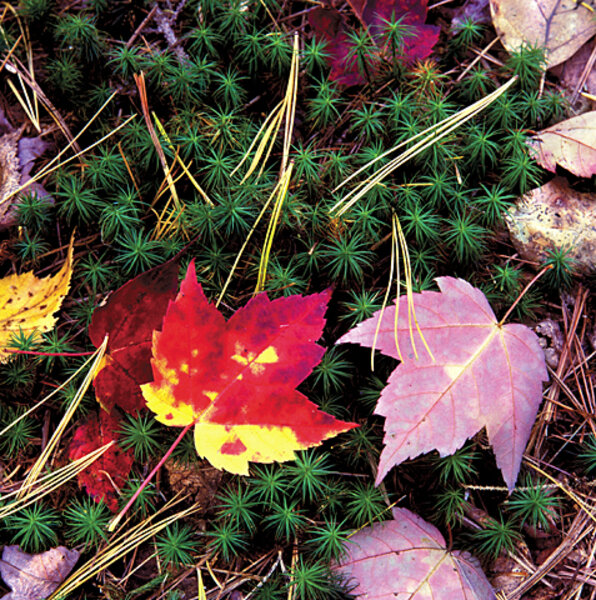The garden's unsung heroes
Loading...
Humble ground covers are the superheroes of garden design. In containers, they appear mild-mannered, but they have the strength to do what many of their taller, showier brethren often cannot: retain soil moisture, block weeds, and tie together disparate garden designs with sheets of similar texture and color. That's a big accomplishment for such pint-sized players.
If you're still planting fall bulbs, consider ground covers as a companion for the perfect spring pairing. In some parts of the country, the soil retains enough warmth to allow their matting roots to establish. In colder areas, add these frequently overlooked plants to your wish list, and buy them next spring.
Often grown for their colorful foliage – although some pack plenty of flowery punch – ground covers flourish in sun or shade at the front of borders, as well as in pathways among steppingstones.
Once established, many ground covers can be divided again and again, and planted throughout your garden. That repetition can transform your borders into cohesive and cared-for spaces. The plants ask for minimum care themselves.
Ground cover growth rates vary. Some romp all over in one season. Others take years to fill in. Slow growers can actually be less work. They won't overrun taller plants or require cutting back. Mulch heavily between new plants to keep down weeds until the creepers fill in. The first year, you may want to add low-growing annuals as place holders. After ground covers are established, weeding time is considerably shorter.
But they do come with one caution: Some may go over to the dark side. In certain parts of the country, they might even be on the invasive weeds list. Check with local nurseries, garden clubs, or extension services to make sure what you want to grow is a local hero.
You can learn a lot about their noble (or wayward) tendencies from well-written labels and descriptions in a good plant encyclopedia. Be wary if a plant's growth is portrayed as "indefinite." "Vigorous" is code for those that may overpower less-sturdy partners.
Or, depending on growth-limiting conditions – poor soil, heavy shade – the terrible toughies may do exactly what you want. Experiment. Try planting unfamiliar specimens in a small, controlled test area. If they show a tendency to overpower, you will not have to eradicate the aggressors from your whole garden.





